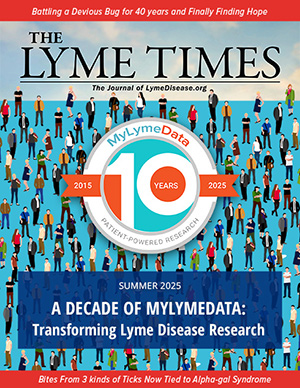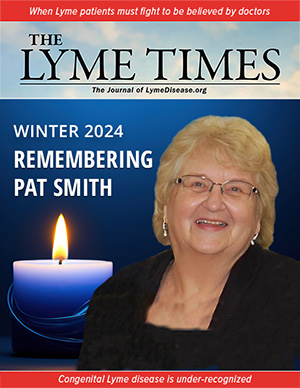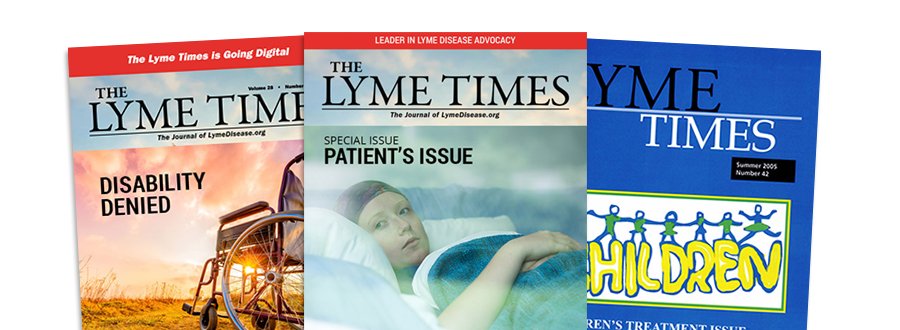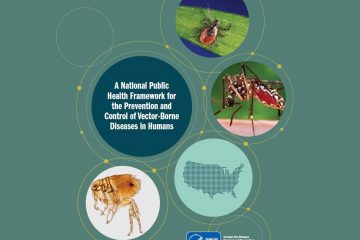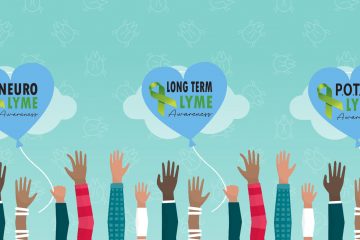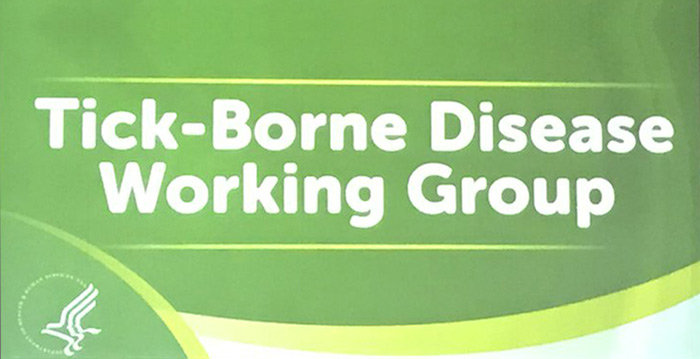 O n June 4, my eyes were glued to my computer screen. The occasion? The first meeting of the newly reconstituted federal Tick-Borne Disease Working Group (TBDWG). I’ll refer to this as the “2019 panel,” since that’s when its term began.
O n June 4, my eyes were glued to my computer screen. The occasion? The first meeting of the newly reconstituted federal Tick-Borne Disease Working Group (TBDWG). I’ll refer to this as the “2019 panel,” since that’s when its term began.
You’ll recall that the first incarnation of the TBDWG, which started its term in 2017, met eight times and delivered its report to Congress last December.
There is a world of difference between how the 2017 panel operated and where the 2019 panel is headed. The result? Lyme disease patients are being left out of the process—to their detriment.
Tick-Borne Disease Working Group Background
The Working Group was created by the 21st Century Cures Act, which included many different health-related provisions. The TBDWG was inserted into it at the behest of Lyme patient advocates.
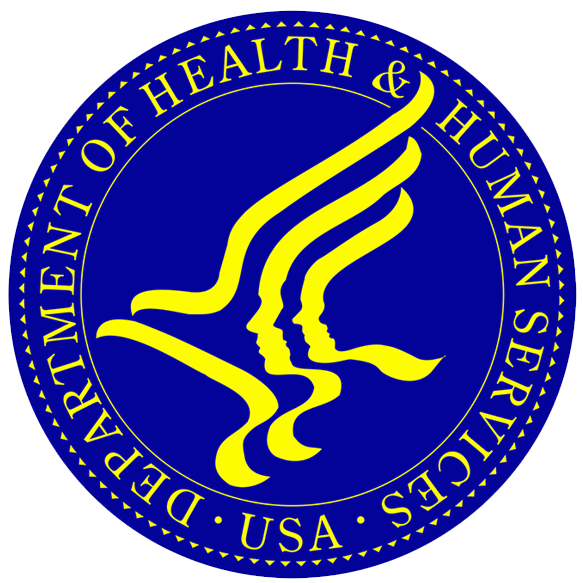 The idea was to give Lyme patients, their treating doctors, and researchers toiling on their behalf a voice in the formation of government policy regarding Lyme disease.
The idea was to give Lyme patients, their treating doctors, and researchers toiling on their behalf a voice in the formation of government policy regarding Lyme disease.
The Department of Health and Human Services (HHS) set up the Working Group as follows. There would be three iterations of the panel, seated in 2017, 2019, and 2021, respectively. Each session would culminate in a report to Congress. The group would consist of seven “federal” members, chosen from government agencies, and seven “public” members, representing patients, clinicians, and researchers. The panel would also set up subcommittees to help them, made up of experts, advocates, and patients.
Major Differences between the 2017 and 2019 Panels
The first time around, HHS announced the panelists about three weeks before the Working Group’s first meeting on Dec. 11, 2017. This gave Lyme patients time to learn about the panelists and, if they chose, arrange to come to the meeting in person.
In sharp contrast, HHS didn’t publicly announce the membership of the 2019 panel until late in the day on June 3, mere hours before the group’s first meeting on June 4.
Earlier, on May 15, despite no public acknowledgement from HHS, the Infectious Diseases Society of America (IDSA) made its own announcement. The organization proudly posted on its website that Dr. Eugene Shapiro, an IDSA member, would serve on the TBDWG. We asked HHS for confirmation, and they told us they had not yet selected the final panel……Join or login below to continue reading.



